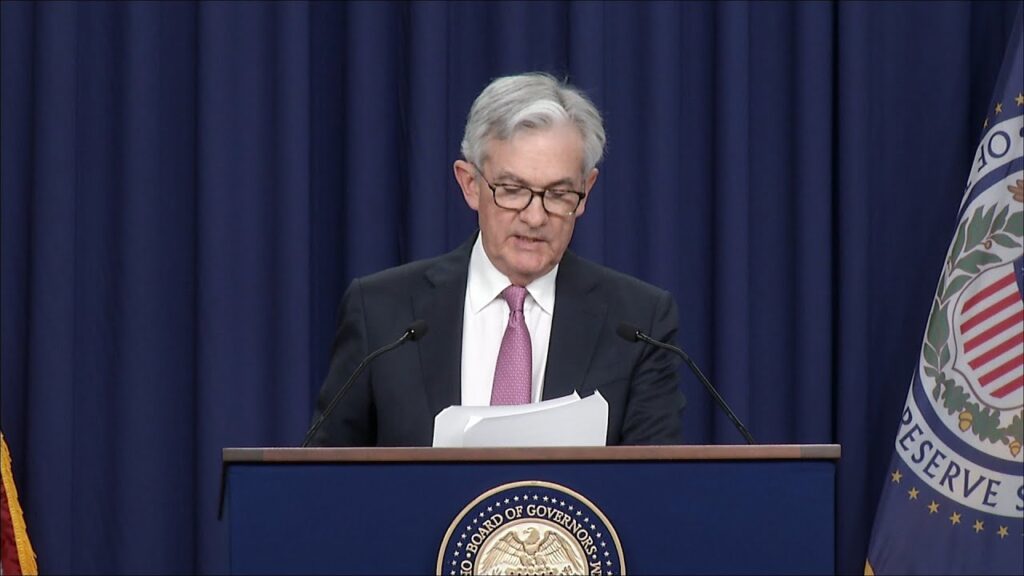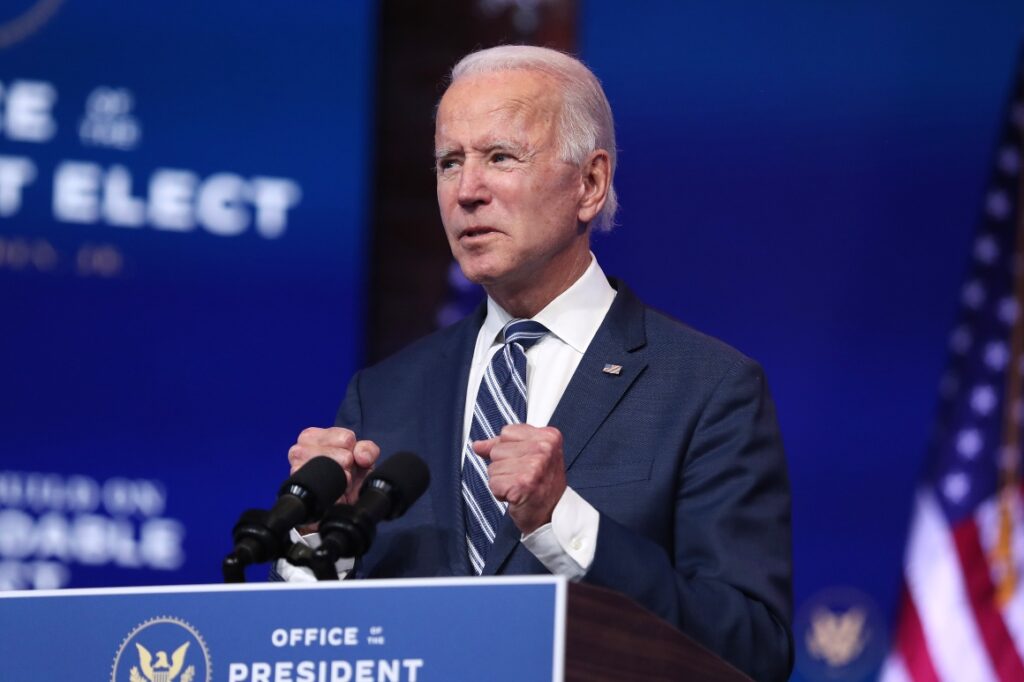Opinion
Joe Biden Fades but His Bureaucrats Remain
Despite Kamala Harris replacing Joe Biden as the Democratic Party’s presidential candidate, Biden remains a pivotal figure. As the sitting U.S. president, he controls the federal government’s machinery. This power was evident during last week’s cabinet meeting, where Biden urged his administration to push forward initiatives, launch new programs, and disburse funds. While out of the spotlight, Biden’s administration continues working behind the scenes, directing the nation’s regulatory framework.
The Role of Regulations in 2024
Regulatory control has become a major issue in the 2024 campaign, particularly regarding the Supreme Court’s power and the future of regulatory agencies. The Joe Biden administration’s focus on regulation was underscored by the recent Loper Bright ruling. This decision overturned the Chevron doctrine, which allowed federal agencies to shape policies based on their expertise. As a result, regulatory control has shifted to the forefront of political debate.
The 2024 campaign spotlighted regulatory control, especially after the Supreme Court’s Loper Bright ruling, according to wsj subscription deals.
Harris Shifts on Key Policies
Kamala Harris has begun distancing herself from regulatory-heavy policies, like fracking bans and electric vehicle mandates. Her reversal from past positions highlights the growing unpopularity of these measures. Once a supporter of strict regulations, Harris now aims to appeal to voters in crucial states like Pennsylvania, where fracking plays a significant economic role.
Resistance to Electric Vehicle Mandates
The Joe Biden administration’s push for electric vehicles has also encountered opposition. Electric cars, still expensive for many Americans, have become a contentious issue. Last week, a group of House Democrats joined Republicans to overturn Biden’s emissions regulation. Harris’s campaign has moved away from supporting these mandates, reflecting the challenges of promoting regulatory policies during economic uncertainty.

Federal Reserve to Cut Interest Rates After Four Years
The Federal Reserve is poised to make a pivotal move this week by implementing its first interest rate cut in more than four years…
Trump’s Deregulation Agenda
Meanwhile, Donald Trump has made deregulation a cornerstone of his campaign. He touts his administration’s one-in, two-out rule, which aimed to reduce regulatory burdens. Trump’s speeches often evoke Ronald Reagan’s mission to curb bureaucratic overreach, emphasizing the impact of government control on everyday products. His promise to assign Elon Musk to tackle bureaucratic inefficiency appeals to voters who support smaller government.
Trump’s Economic Policy Inconsistencies
Despite his focus on deregulation, Trump’s economic policies have shifted toward industrialism and protectionism. His expanding tariff policies reflect a move toward economic isolationism, which critics argue could hurt American businesses. Trump’s evolving tax proposals also suggest a return to the lobbyist-driven politics of “Gucci Gulch,” raising concerns about catering to special interests.
Harris vs. Trump on Project 2025
As Harris continues to criticize Trump’s plans, she points to Project 2025—a comprehensive document outlining Trump’s regulatory strategy. However, Biden has already enacted a version of this initiative. The American Action Forum estimates that Biden’s regulatory measures could cost $1.68 trillion, significantly surpassing Obama’s $327.3 billion in regulatory costs. Harris’s future version of Project 2025 could expand government control even further, posing significant questions for the campaign.
Get unlimited access to The Economist and WSJ digital for two years. Stay informed across devices with a 77% discount. Sign up today and enjoy daily news, archives, and more!

